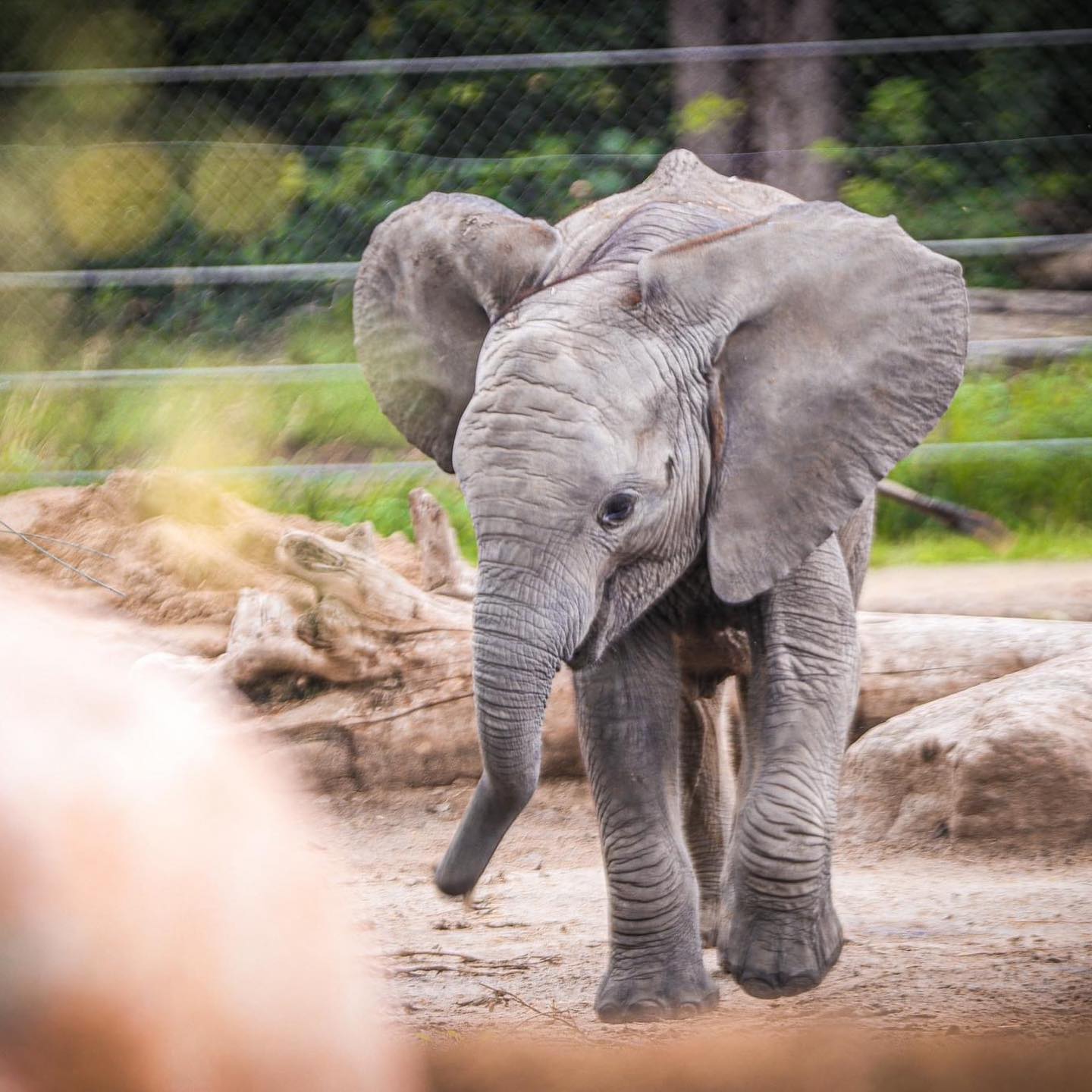Summary:
1. Community Volunteer Days at the Omaha Zoo
2. Ensiling as a way to preserve browse
3. The importance of browsing in animal diets
Oh, I see you’ve stumbled upon something interesting! Well, let me tell you, just like you, we at the Omaha Zoo are always on the lookout for exciting and unique experiences. And guess what? Something special is coming up – Community Volunteer Days on Wednesdays, August 16 and 23! So why don’t you join us and let’s have some fun together, all while positively impacting the lives of our beloved elephants and other herbivores?
You might be wondering what we’ll be doing on these special days. Well, let me enlighten you – we’ll ensure that our animal friends have plenty of delicious browse material for the coming winter. But hold on, what exactly is browse? Allow me to explain.
Browse refers to the twigs, leaves, and branches from trees, bushes, and shrubs that animals consume. It’s like their version of a yummy snack! And just like humans have our grocery stores and pantries, browsing is a crucial source of nutrition and enrichment for zoo animals. It provides them with essential vitamins and minerals and keeps them mentally stimulated and engaged.
Now, here comes the interesting part – ensiling. You might be scratching your head, wondering what on earth that is. Well, ensiling is a fascinating process we’ll use to preserve the browse material. It’s a form of lacto-fermentation, the same process that gives us sauerkraut, kimchi, and pickles! Who would have thought, right?
During the ensiling process, we’ll cut the browse into conveniently sized lengths and pack them into 35-gallon drums. This ensures that the browse remains fresh and nutritious, ready to be enjoyed by our furry friends during the winter season. But wait, there’s more to it than just preservation.
By participating in Community Volunteer Days, you’ll not only get to help with ensiling but also have the opportunity to learn about the importance of browsing in our animals’ diets. It’s like a crash course in zoology, zookeeping, and wildlife conservation all in one! And hey, don’t worry if you don’t have any prior experience in this field. We welcome volunteers of all ages, starting from 13 years old. For those under 18, please make sure to bring along an adult companion.
Imagine the satisfaction you’ll feel as you contribute to the well-being of these incredible animals. Your efforts will directly impact their lives, allowing them to thrive and stay healthy. Plus, you’ll get to spend a morning surrounded by nature and wildlife, soaking in the wonders of our beautiful zoo. It’s a win-win situation for everyone involved!
So, mark your calendars and head to our website, www.omahazoo.com/special-events, to register for this awe-inspiring volunteering experience. Remember, we’ll be there on Wednesdays, August 16 and 23, from 8 – 11 a.m. It will be a morning filled with camaraderie, laughter, and lots of interesting conversations about zoology, zookeeping, and the incredible world of nature.
As we wrap up, I hope this little blog post has piqued your interest and given you a glimpse into our Community Volunteer Days’ unique and fascinating aspects. We are thrilled to have you on board, ready to dive into this remarkable adventure. Together, we can make a real difference in the lives of these magnificent animals, all while forging unforgettable memories. So, what are you waiting for? Let’s browse our way to a brighter future, one twig at a time!
*****
Source Description
Oh, you know, just browsin’ around. 🌳🍃
But so are we! Wednesdays, August 16 and 23, are Community Volunteer Days. Join us from 8 – 11 a.m., ensuring elephants and other herbivores have plenty of yummy browse material in store for the winter. Register online: www.omahazoo.com/special-events
Volunteers must be at least 13 years old. An adult must accompany those under 18 years of age.
Together, we’ll preserve browse through ensiling, the same lacto-fermentation process that produces sauerkraut, kimchi, or pickles!
This process involves cutting browse into relatively short lengths that can be packed into 35-gallon drums. While trimming branches, you’ll learn more about the importance of browsing in our Zoo animal diets.


